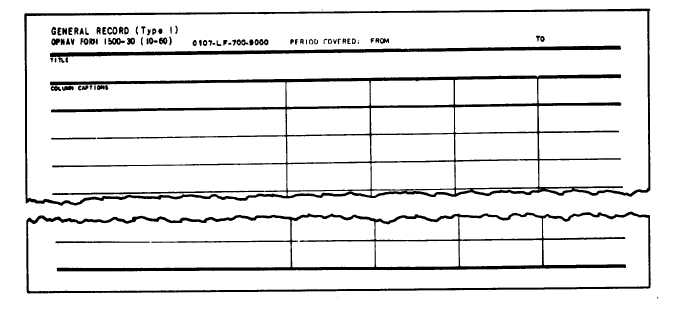of the check-in procedure aboard a ship is
to receive a life raft assignment from the
first lieutenant (deck department head). Divi-
sion officers/department heads will make all
the other watch, quarter, and station bill assign-
ments as command directives may dictate. RPs
must know where their watch, quarter, and
station assignments are, and what to do once
they get there. In moving to their stations,
all hands should travel forward and up on
the starboard side of the ship, down and
aft on the port side. RPs may be required
to set material condition Zebra (providing the
highest level of watertight integrity) in their
spaces whenever the general alarm is sounded.
If so, the RP must learn where all hatches,
doors, scuttles, portholes, and valves are located
in assigned spaces so watertight integrity can
be established as quickly as possible. The
division/department damage control petty officer
(DCPO) and personnel from the repair division
can provide valuable instruction in this area.
RPs assigned to Marine Corps units are
not likely to be assigned to watches. other
than those required in connection with the
Command Religious Program or those nec-
essary for safety in living quarters. By occu-
pation, marines stand physical security watches
at all Marine Corps and several Navy instigations.
Nonrated RPs may be assigned messman duties
in dining facilities.
TRAINING SCHEDULES
In order to accomplish the necessary training,
it must be appropriately scheduled. Training
schedules should be submitted by the division or
department training petty officers for approval
through the chain of command.
PROPER TRAINING
DOCUMENTATION
In all training sessions conducted, records
should be kept that indicate those personnel in
attendance, instructor(s), topic(s), date and time,
points awarded, qualifications attained, and other
related information. Forms suitable for this
purpose are shown in figures 6-1 through 6-3;
however, forms prepared locally may be used.
While training sessions have always been
scheduled and conducted as needed, the increased
emphasis on accountability today makes proper
documentation very important. The Navy must
show justification for, and the resulting value of
every training dollar spent. Proper documentat-
ion of training serves another purpose—the
training records will show commanders how many
and which members of their assigned personnel
have received training. Division and department
training petty officers (training POs) must work
closely with the personnel officer to ensure that
training completed is reflected in the member’s
service record.
Figure 6-1.—General Record (Type I).
6-5


